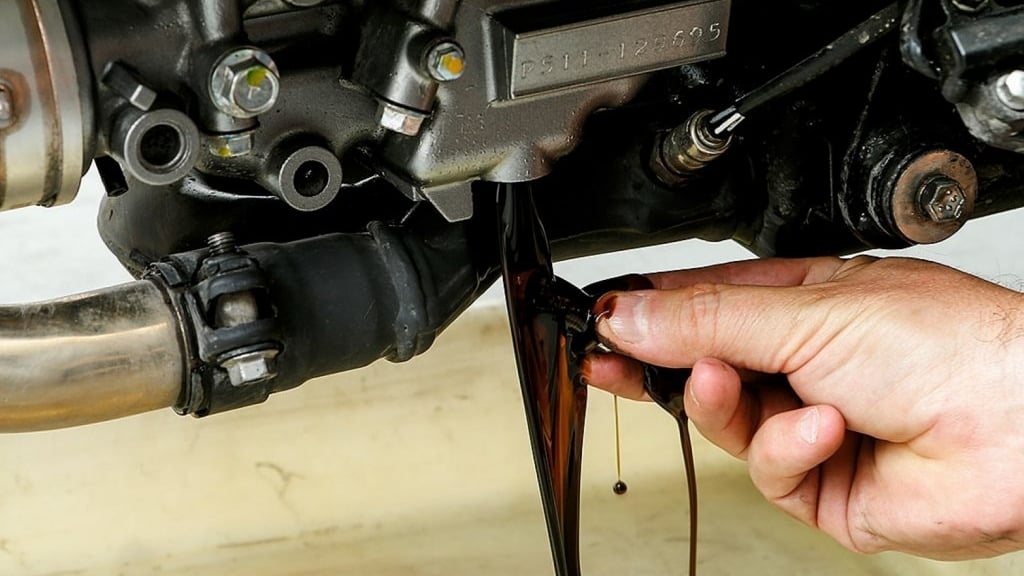How to Plan a Motorcycle Trip in Spain: A Complete Guide
Spain is one of the most fascinating destinations for a motorcycle trip, with its diverse geography, pleasant climate, and a road network that cuts through mountains, beaches, and charming villages. If you’re thinking of embarking on an adventure on two wheels, proper planning is key to ensuring a safe and thrilling journey. Here’s a step-by-step guide on how to plan a motorcycle trip in Spain.
1. Choose Your Route
The first thing you need to decide is the route you want to take. Spain offers a variety of itineraries, from the coastal landscapes of the Costa Brava to the Pyrenees mountains or the Ruta de la Plata, which crosses the country from north to south.
- Pyrenees Route: Ideal for lovers of winding roads and mountain scenery. It’s a challenging but rewarding route with scenic roads and charming villages.
- Costa del Sol Route: If you prefer to enjoy the sea breeze and ride along the Mediterranean coast, this is an excellent option.
- Tabernas Desert Route: A unique experience where you can ride through a desert landscape reminiscent of Western films.
Make sure to thoroughly research the route and consider factors such as the difficulty of the terrain, traffic, and stops at points of interest.
2. Check Your Documentation

Make sure you have all the necessary documentation before hitting the road:
- Driver’s license: If you’re from the European Union, your license will be valid in Spain. If you’re coming from outside the EU, you may need an International Driving Permit.
- Motorcycle insurance: Ensure that your insurance covers the countries you’ll be traveling through, especially if you plan to cross borders.
- Motorcycle documents: Always carry your bike’s registration papers, including the technical inspection card and insurance.
3. Ensure Your Bike is in Top Condition

Before hitting the road, it’s essential that your motorcycle is in perfect working order. Perform a general check or take it to a mechanic for a full inspection. Here are some key points to check:
- Tires: Check tire pressure and tread condition.
- Brakes: Ensure the brake pads and discs are in good condition.
- Oil and fluids: Check the levels of oil, coolant, and brake fluid.
- Lights and battery: Make sure all lights are working and the battery is charged.
4. Pack Only the Essentials – Plan a Motorcycle Trip in Spain
Space is limited on a motorcycle, so you’ll need to optimize your packing. Bring only the essentials and opt for compact, functional luggage like saddlebags or motorcycle backpacks. Here are a few essentials:
- Appropriate clothing: Wear durable motorcycle gear, preferably waterproof and with protective padding. A certified helmet is mandatory.
- Tools: Carry a basic toolkit, including a tire iron, duct tape, and a portable inflator.
- GPS or maps: Make sure to carry a GPS or maps of the areas you’re planning to travel through. Some motorcycle GPS units allow you to upload specific routes designed for bikers.
5. Plan Stops and Accommodation
When planning your trip, it’s important to consider where you’ll stop for rest and overnight stays. Research motorcycle-friendly accommodations that offer services such as secure parking and storage areas for gear.
- Hotels and rural guesthouses: Spain has a wide range of accommodations that cater to motorcyclists. Some even offer special packages with recommended routes.
- Camping: If you prefer a more adventurous experience, camping is a popular option. Make sure to pack a lightweight tent and the necessary camping gear if you choose this option.
6. Consider the Weather Conditions
Weather in Spain can vary significantly depending on the region and time of year. Be sure to check the weather forecast before you depart and be prepared for potential rain or extreme heat.
- Spring and Autumn: These seasons often offer milder temperatures, ideal for motorcycle travel.
- Summer: Keep in mind that some areas, especially in the south, can reach very high temperatures. Avoid riding during the hottest part of the day and bring plenty of water to stay hydrated.
7. Follow Traffic Laws – Plan a Motorcycle Trip in Spain
Spain has strict traffic laws, and it’s important to follow them to avoid fines and penalties. Here are a few key points to keep in mind:
- Speed limits: The maximum speed on highways is 120 km/h, 90 km/h on regular roads, and 50 km/h in urban areas.
- Helmet use: Wearing a helmet is mandatory for all motorcycle drivers and passengers.
- Alcohol limits: The blood alcohol limit is 0.5 g/l for experienced drivers and 0.3 g/l for novice drivers.
8. Safety and Maintenance on the Road
During your trip, it’s important to carry out basic maintenance and take precautions to avoid issues on the road:
- Check your bike daily: At the end of each day, make sure everything is working correctly. A quick check of the brakes, lights, and tires can help prevent unpleasant surprises.
- Plan emergency routes: In case you come across a closed road or poor conditions, make sure to have alternative routes.
9. Enjoy the Local Culture and Cuisine

One of the great benefits of traveling by motorcycle is the flexibility to stop in small towns and enjoy the local cuisine. Try regional dishes and take the time to immerse yourself in the culture of each place. Each region of Spain offers a unique culinary experience that will enrich your journey.
Conclusion
Planning a motorcycle trip through Spain can be one of the most exciting and rewarding experiences for any rider. By following these steps, you’ll ensure your trip is safe, comfortable, and full of adventure. From choosing the right route to preparing your bike and packing your gear, every detail counts to make the most of this incredible country from the road. Get ready to ride and discover the beauty of Spain by motorcycle!

